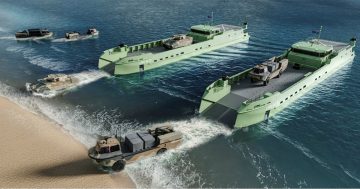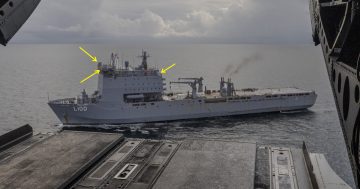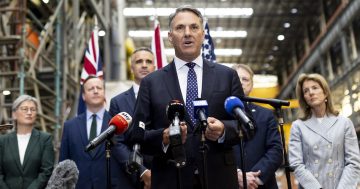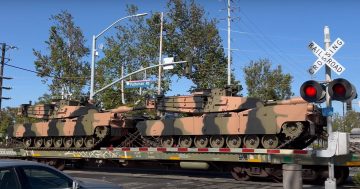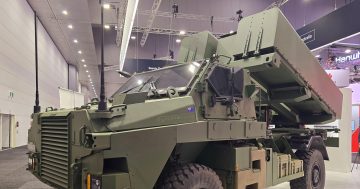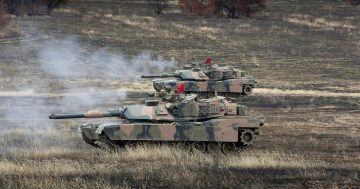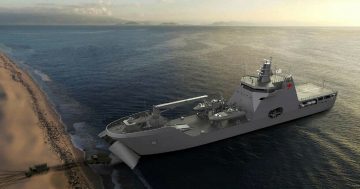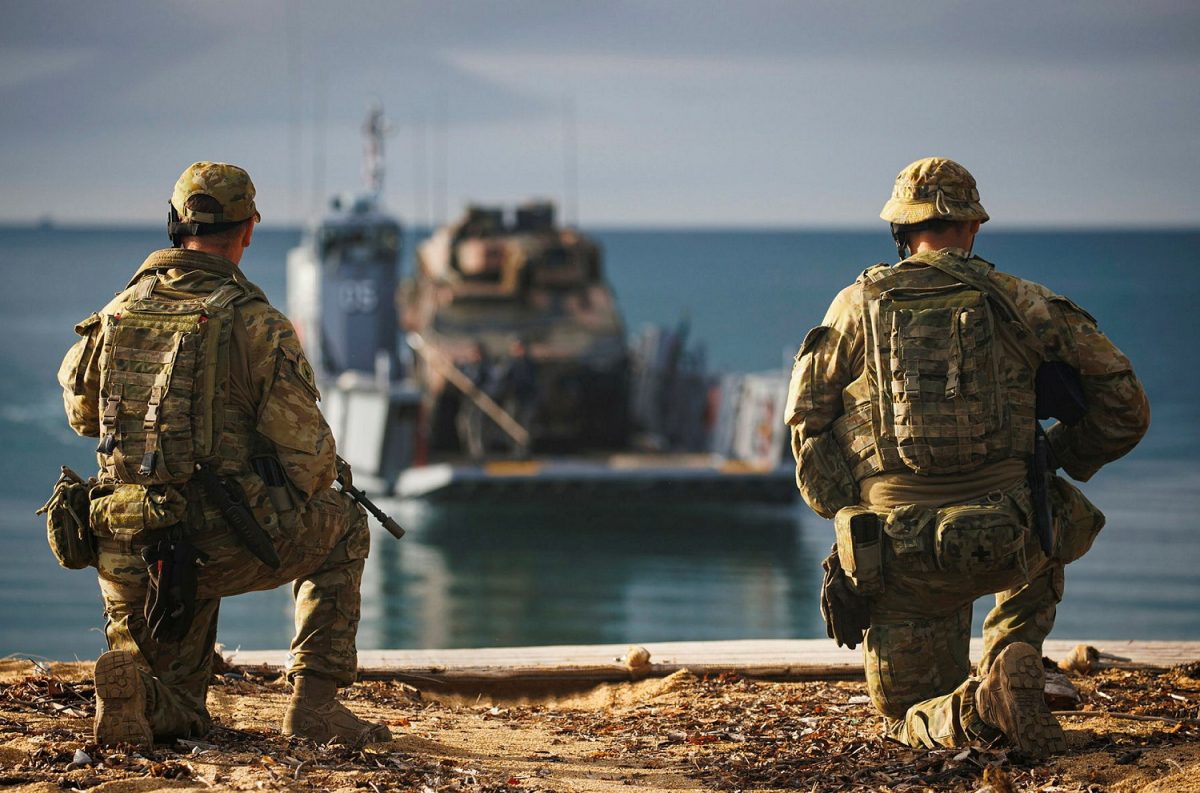
The Army will likely require a restructure to make it better able to operate as an amphibious force with long-range strike weapons. Photo: ADF.
The federal budget is expected to offer up few surprises in the defence portfolio, especially after several weeks of announcements in the wake of the 24 April release of the public version of the Defence Strategic Review.
The full DSR was delivered to the government on 14 February, setting out a range of recommendations on how to reshape the Australian Defence Force so that it can meet emerging regional threats in the next decade.
The DSR identified billions of dollars of funding that would be redirected from the scaling down of programs such as the Australian Army’s LAND 400 Phase 3 armoured vehicles and LAND 8116 Phase 2 howitzers, into longer-range land-based strike programs and new medium and heavy amphibious landing craft.
It also said an additional review of the Royal Australian Navy’s planned surface fleet composition would be undertaken, with some commentators hinting programs such as the SEA 5000 Hunter class frigate or SEA 1180 Arafura class offshore patrol vessels may be scaled back to free up funds for the nuclear submarine plan, or in favour of a new class of vessels.
The first of the post-DSR announcements came on 26 April in the form of an injection of $4.1 billion to accelerate several ADF long-range missile programs and try – once again – to come up with a plan to establish a local missile manufacturing capability.
The following day, another announcement saw $3.8 billion allocated to the strengthening of several key air and naval bases and army barracks across Australia’s north to improve their facilities, allow them to operate a wider range of equipment and more personnel, and make them more resilient in the event of an attack.
Next up was a $3.4 billion commitment over the next decade to establish the Advanced Strategic Capabilities Accelerator program, which aims to identify and develop innovative technologies, and deliver these to the ADF faster.
To cap it off, the government announced on 2 May that it would invest $400 million into a retention bonus scheme for ADF personnel completing their initial period of return of service obligation, and that it would implement a review into defence housing to consider the needs of the mobile ADF workforce and their families.
So, while the DSR likely stole some of the budget’s thunder, there are some large-scale items that had been expected to appear in the review that were conspicuously absent.
Perhaps the biggest of these was a decision on whether to buy an additional squadron of F-35A combat aircraft under Project AIR 6000 Phase 7. With the DSR’s recommendation to equip the Royal Australian Air Force’s F/A-18F Super Hornets with new long-range strike missiles, it appears these aircraft will be retained for the foreseeable future and possibly upgraded to the latest advanced Block III standard in parallel with the US Navy. So any decision on additional F-35As may have been shelved for now.
And with the need to accelerate the multi-phased Project LAND 8170 Littoral Manoeuvre Vessel Medium (LMV-M) and Heavy (LMV-H) landing craft programs identified in the DSR, the budget may see additional funding allocated to these programs.
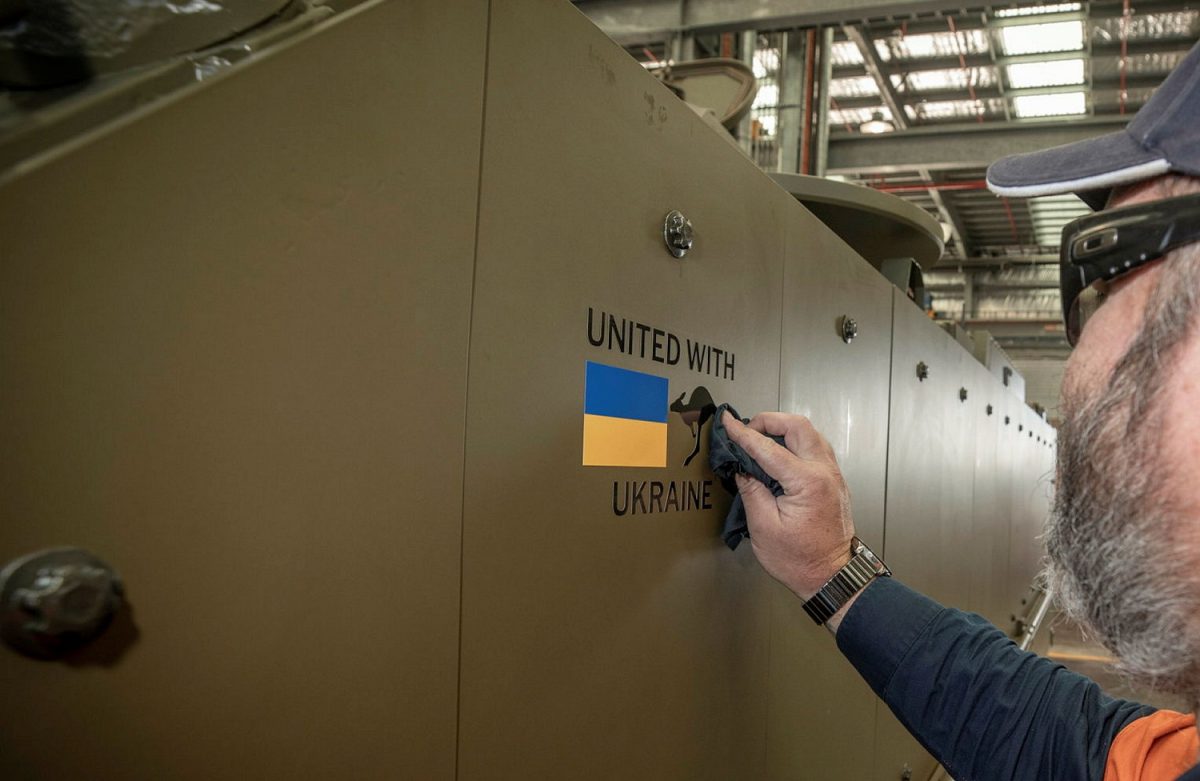
Australian military aid to Ukraine has dropped off in recent months, so there may be provisions made in the budget to increase that aid. Photo: ADF
The DSR also identified a need to grow the ADF, and this aligns with the previous government’s 2020 plan to increase by 30 per cent the number of personnel in uniform. But neither the previous government nor the DSR articulated a plan on how to do this, so perhaps we will see some initial funding outlaid to ramp up recruitment.
But with more recruits comes a need to bolster the ADF’s already over-stretched training systems. There are numerous blockages throughout the ADF’s skilled trades training streams, and these will need to be addressed through reviews and/or scaling up of these training systems in the near to medium future.
And with a scaling up of the ADF, there will also be a need to increase the budgeted rates of effort for key capabilities. For example, RAAF flying hours, Navy vessel sea days, Army vehicle availability – all of these result in increased rates of wear and tear on the equipment, and increased uniformed and industry-contracted maintenance efforts.
Another item to keep an eye on in the defence budget may be funding for Army to allow it to transform from traditional units and formations reliant on heavy vehicles into a more agile force equipped with long-range land-based strike weapons and better suited to amphibious operations.
There could also be some additional funding for military aid to Ukraine. With the country expected to soon initiate a counter-offensive in the northern spring, it will need every armoured vehicle, artillery shell, drone and other pieces of equipment it can get. With Australia falling away from its previous position as the largest non-NATO supplier of assistance to Ukraine, increased diplomatic and moral pressure has been applied to address this in recent months.
Original Article published by Andrew McLaughlin on Riotact.


